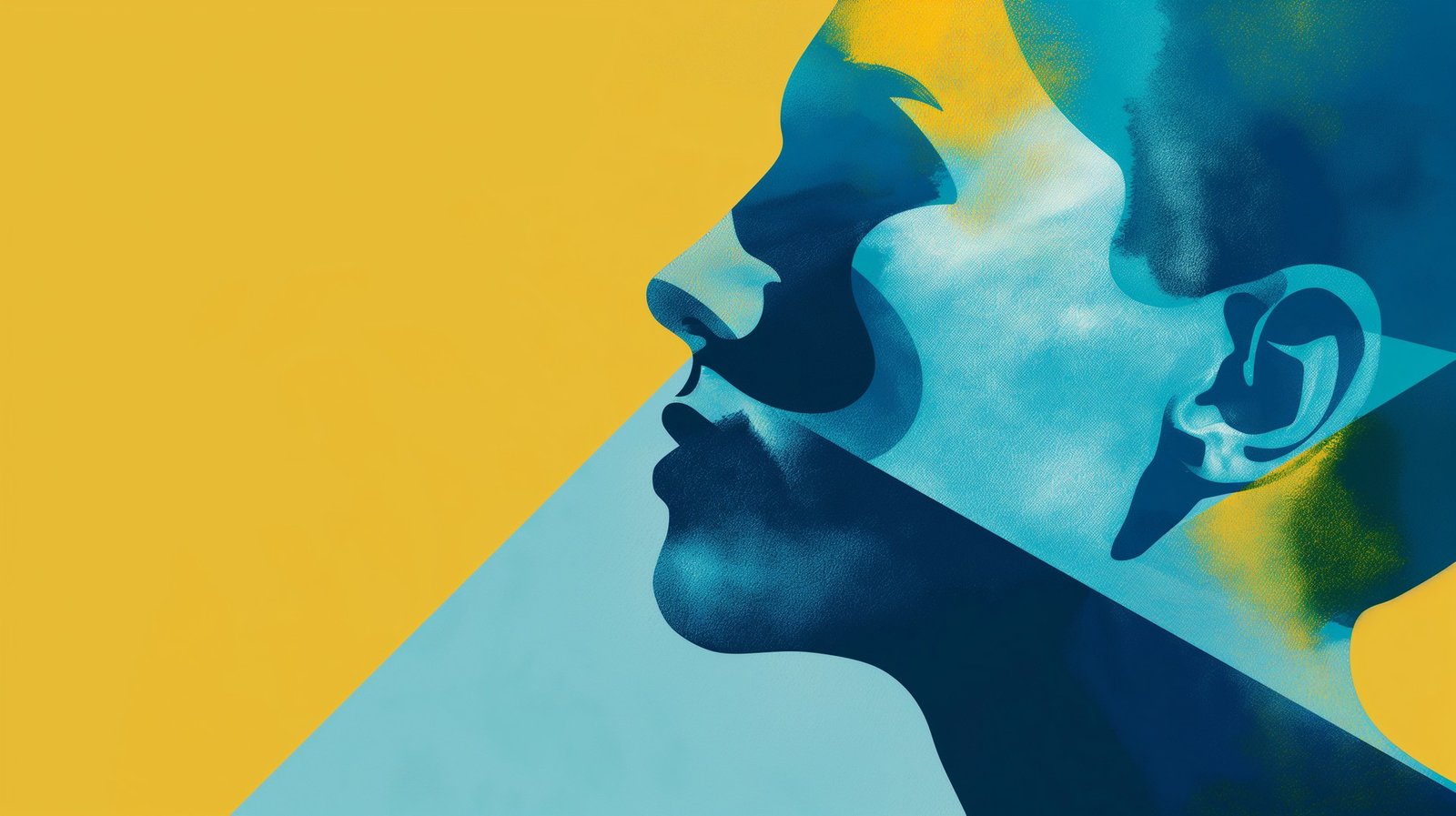
Managing a digital design team is a unique challenge that blends leadership, creativity, and organizational skills. As a designer, you bring a unique perspective to this role, having firsthand experience with the nuances of the design process. Here’s a comprehensive guide on how to effectively manage a digital design team, ensuring both creative excellence and operational efficiency.
1. Be a Leader, Not a Boss
The distinction between a leader and a boss is crucial in creative environments. A boss gives orders, while a leader inspires and guides. As a leader, your role is to foster a supportive and motivating environment where your team can thrive. Building trust is fundamental to this approach, as it creates a safe environment where team members feel comfortable sharing ideas and feedback.
Actionable Tips:
- Lead by example: Demonstrate the work ethic, creativity, and collaboration you expect from your team.
- Be approachable: Maintain an open-door policy and be available to listen to your team’s ideas and concerns.
- Empower your team: Trust your designers with responsibilities and the autonomy to make decisions.
2. Understand Each Team Member’s Strengths and Weaknesses
Every designer has unique skills and preferences. Some may excel in UI design, while others shine in UX research or animation. As a manager, it’s crucial to understand these strengths and assign tasks that align with each team member’s abilities. This not only boosts productivity but also enhances job satisfaction and team morale.
Actionable Tips:
- Conduct regular one-on-one meetings to discuss each designer’s interests and career goals.
- Create a skills matrix to visualize the strengths and areas for improvement within your team.
- Assign tasks that challenge designers but also play to their strengths.
3. Foster a Collaborative Environment
Design is inherently collaborative, requiring input from various stakeholders, including clients, developers, and marketing teams. Encourage open communication and teamwork to ensure a seamless flow of ideas and feedback. Avoiding conflicts and fostering healthy discussions about different viewpoints can lead to more innovative solutions.
Actionable Tips:
- Implement regular team meetings and brainstorming sessions.
- Use collaborative tools like Figma, Miro, or Adobe XD to allow real-time collaboration.
- Establish a culture of constructive feedback, where designers feel comfortable sharing and receiving critiques.
4. Set Clear Goals and Expectations
Ambiguity can be a significant barrier to productivity and creativity. Clear goals and expectations provide a roadmap for your team, ensuring everyone is aligned and working towards the same objectives. Commitment from all team members is crucial here, as it ensures that everyone is on the same page and dedicated to achieving common goals.
Actionable Tips:
- Define project goals, timelines, and deliverables from the outset.
- Use project management tools like Asana, Trello, or Monday.com to track progress and deadlines.
- Regularly review progress and adjust goals as needed.
5. Encourage Continuous Learning and Development
The digital design field is ever-evolving, with new tools, trends, and technologies emerging regularly. Encourage your team to stay up-to-date with industry advancements and continuously improve their skills. Promoting a culture of learning not only improves individual capabilities but also contributes to the overall growth of the team.
Actionable Tips:
- Provide access to online courses, workshops, and conferences.
- Allocate time and budget for professional development.
- Encourage designers to share their learnings with the team through presentations or informal meetups.
6. Balance Creativity and Efficiency
While creativity is at the heart of design, efficiency is essential to meet deadlines and deliver high-quality work. Striking the right balance between the two is key to a successful design team. Holding team members accountable for their tasks and ensuring high standards for everyone can prevent delays and maintain quality.
Actionable Tips:
- Implement design sprints to focus creativity within a structured timeframe.
- Use templates and design systems to streamline repetitive tasks.
- Allow for periods of creative exploration, but set clear boundaries to prevent scope creep.
7. Provide Constructive Feedback and Recognition
Feedback is crucial for growth, but it needs to be constructive and balanced with recognition. Regularly acknowledging your team’s hard work and successes keeps them motivated. Addressing issues directly and providing solutions helps maintain a positive and productive environment.
Actionable Tips:
- Use the “praise, critique, praise” method to deliver feedback.
- Celebrate milestones and achievements, both big and small.
- Create a system for peer-to-peer recognition to foster a supportive team environment.
8. Manage Resources and Tools Effectively
Having the right resources and tools can significantly impact your team’s productivity and creativity. Ensure that your team has access to the latest software and resources needed to perform their tasks efficiently. Providing clear direction and prioritizing tasks helps in maintaining focus and efficiency.
Actionable Tips:
- Regularly review and update the design tools and software subscriptions.
- Solicit feedback from your team on the tools they find most effective.
- Budget for and invest in high-quality resources that enhance productivity.
9. Promote Work-Life Balance
Burnout is a common issue in the creative industry. Promoting a healthy work-life balance is essential to maintain your team’s well-being and sustained productivity. Encouraging open discussions about workload and stress can help identify and mitigate issues early.
Actionable Tips:
- Set realistic deadlines and manage workload to avoid overburdening your team.
- Encourage regular breaks and time off.
- Lead by example by maintaining a healthy work-life balance yourself.
Conclusion
Managing a digital design team requires a delicate balance of leadership, creativity, and organizational skills. By being a leader, not a boss, and understanding your team’s strengths, fostering collaboration, setting clear goals, encouraging continuous learning, balancing creativity with efficiency, providing constructive feedback, managing resources, and promoting work-life balance, you can lead your team to success. Remember, addressing underlying dysfunctions such as lack of trust, fear of conflict, and avoidance of accountability is key to transforming a dysfunctional team into an effective one. A happy and motivated design team is the cornerstone of exceptional creative work.